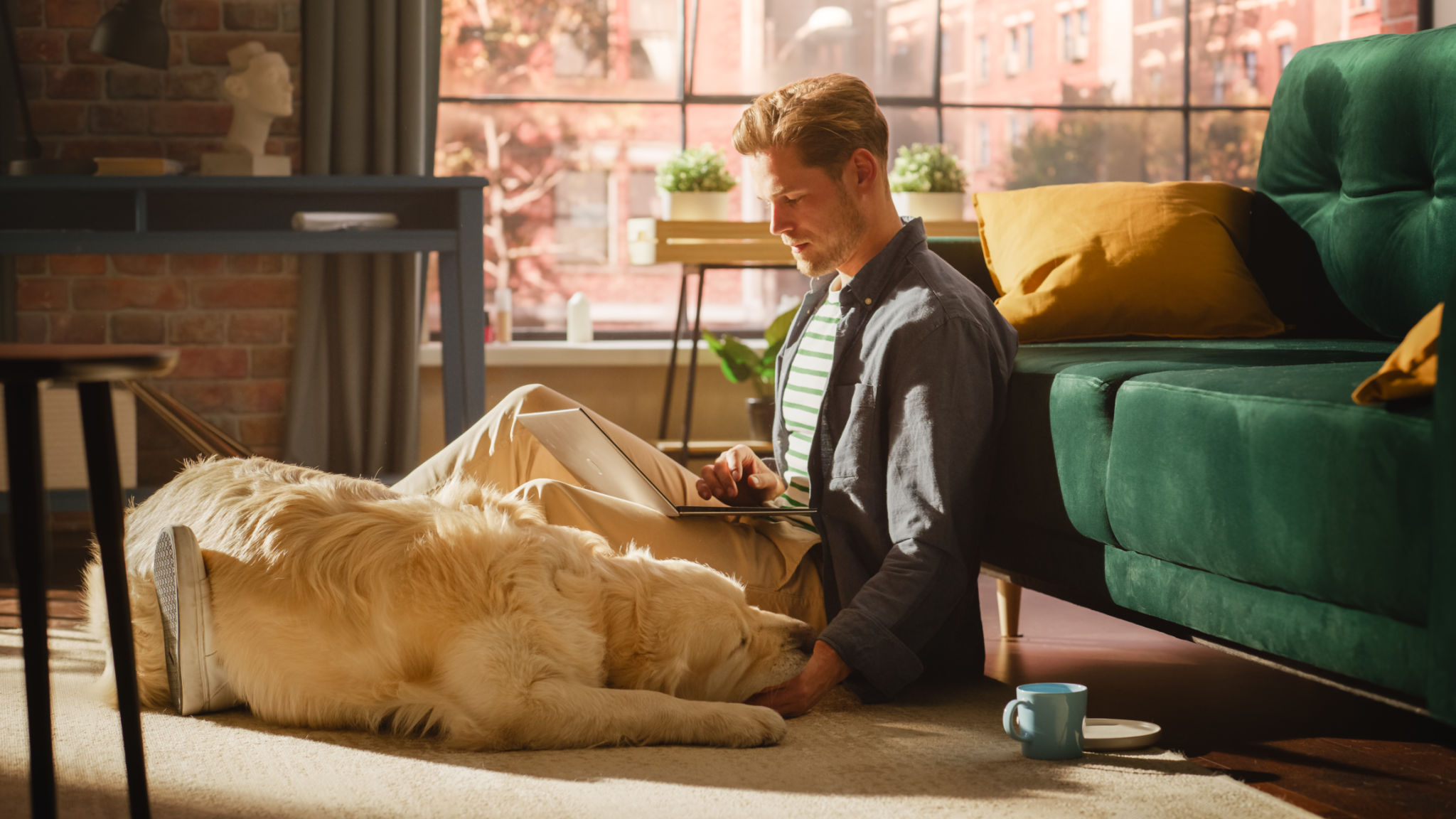Comparing In-Home vs. Off-Site Dog Training: Which is Best for Your Pet?
Understanding In-Home Dog Training
In-home dog training involves a professional trainer coming to your home to work with your pet in their familiar environment. This approach can be beneficial for dogs who may feel anxious or overwhelmed in new settings, allowing them to learn commands and behaviors more comfortably. Personalized attention is a key advantage, as the trainer can tailor sessions specifically to your dog's needs and your household's dynamics.
In-home training also provides the opportunity for the trainer to address specific household challenges. For instance, if your dog has issues with guests at the door or other dogs on walks, these situations can be directly addressed during training sessions in the context they occur.

The Benefits of Off-Site Dog Training
Off-site dog training, often conducted at a facility or training center, offers a different set of advantages. One of the main benefits is socialization. Dogs have the chance to interact with other dogs and people, which can be crucial for developing social skills and reducing behavioral issues related to anxiety or aggression.
Training centers also typically provide a structured environment with fewer distractions from everyday household activities. This setting can help some dogs focus better and facilitate learning new commands and behaviors more effectively. Additionally, off-site trainers often have access to specialized equipment and resources that may not be available at home.

Factors to Consider When Choosing
When deciding between in-home and off-site dog training, consider your dog's personality and needs. If your dog is easily distracted or anxious in new environments, in-home training might be more effective. However, if socialization is a priority, off-site training could offer valuable opportunities for interaction.
Budget can also play a role in your decision. In-home sessions may be more costly due to travel expenses and personalized attention, while off-site training often offers group classes at a lower price point.

Owner Involvement and Commitment
No matter which training method you choose, owner involvement is crucial for success. Consistency in reinforcing commands and behaviors learned during sessions is essential. Regular practice and reinforcement at home can solidify what your dog learns during training.
Both in-home and off-site trainers usually provide guidance on how to continue training outside of sessions, emphasizing the importance of ongoing commitment from pet owners to achieve long-term results.
Hybrid Approaches: A Balanced Solution
For some pet owners, a hybrid approach combining both in-home and off-site training might be the best solution. This allows dogs to benefit from personalized attention and real-world scenario practice at home, while also gaining socialization and exposure through off-site classes. Discussing options with a professional trainer can help determine the optimal strategy for your pet.
Ultimately, the decision should be based on what fits best with your dog's unique personality, your lifestyle, and your goals for their behavior. Whichever path you choose, investing in quality training will help strengthen the bond between you and your furry friend.